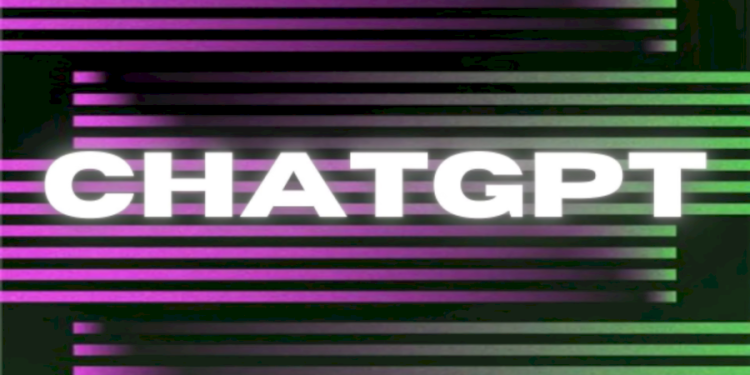In order to minimize conflicts of interest, Reid Hoffman, a co-founder of LinkedIn and a director of OpenAI, has announced his withdrawal from the organization. Hoffman stated that his venture capital firm, Greylock, has been backing businesses that use tools created by OpenAI in a statement that was published online. Hoffman views this as a potential conflict of interest.
Hoffman has been associated with OpenAI from the company’s founding in 2015, giving it both financial and managerial advice. It has been challenging for him to continue serving on the board because of his engagement with other businesses that make use of OpenAI’s technologies.
Hoffman continues to support OpenAI’s goal of responsibly and ethically advancing AI technology notwithstanding his resignation. He has expressed faith in the company’s management and the development it has experienced thus far.
“By resigning off the board, I can proactively put to rest any downstream potential difficulties for both OpenAI and any Greylock portfolio businesses I’ve backed,” Hoffman stated in a LinkedIn post.
Sam Altman, the CEO of OpenAI, praised him on Twitter and expressed his excitement for “far more collaboration in the future.”
The departure underlines the intensifying competition in the AI sector as more businesses look to take advantage of the technology’s revolutionary potential. He continues to serve on the board of Microsoft Corp., a significant investment in and partner with OpenAI.
Inflection AI, which is working on technology comparable to that created by OpenAI, is one of the AI firms Hoffman’s venture capital firm, Greylock, has been funding. Hoffman’s position on the board has become more challenging as a result of the use of OpenAI’s products by other Greylock-backed businesses like Tome, a presentation maker.
Conflicts of interest are predicted to increase in frequency as the AI sector develops. Hoffman’s decision to leave the OpenAI board demonstrates how crucial accountability and transparency are to the creation and application of AI technologies.









